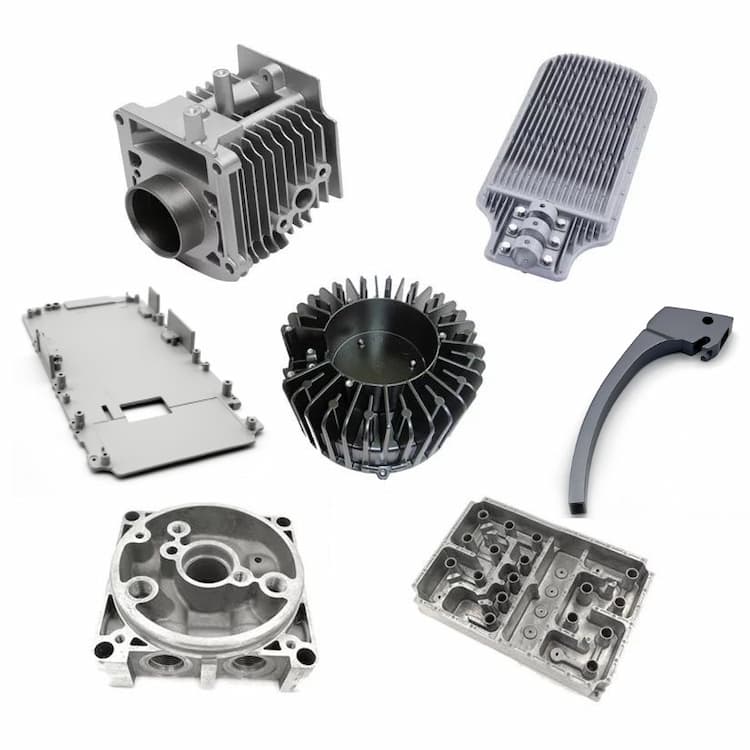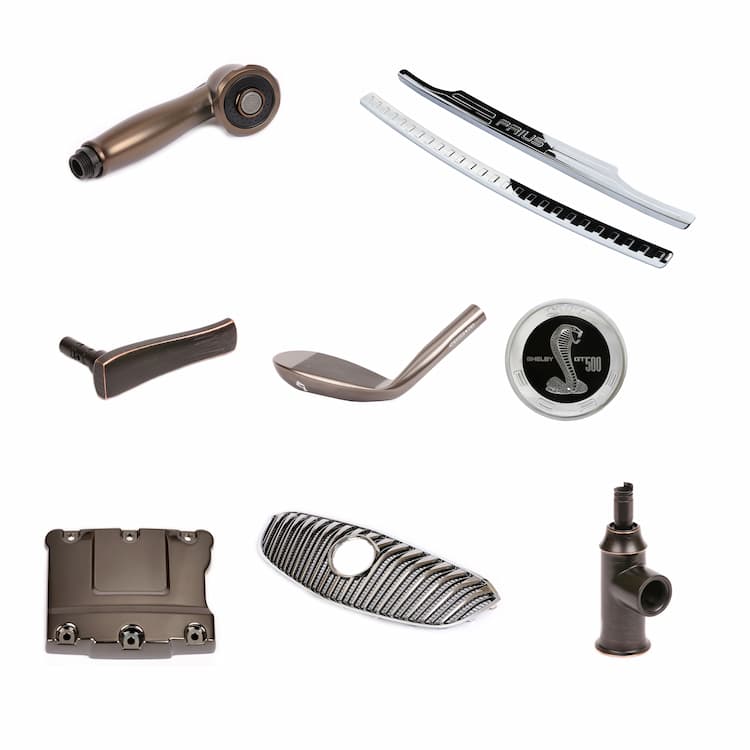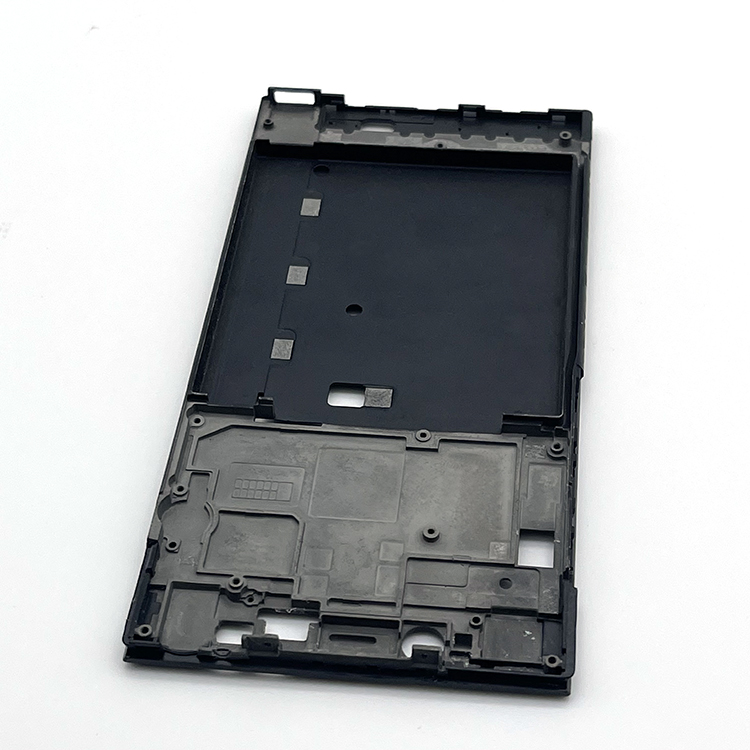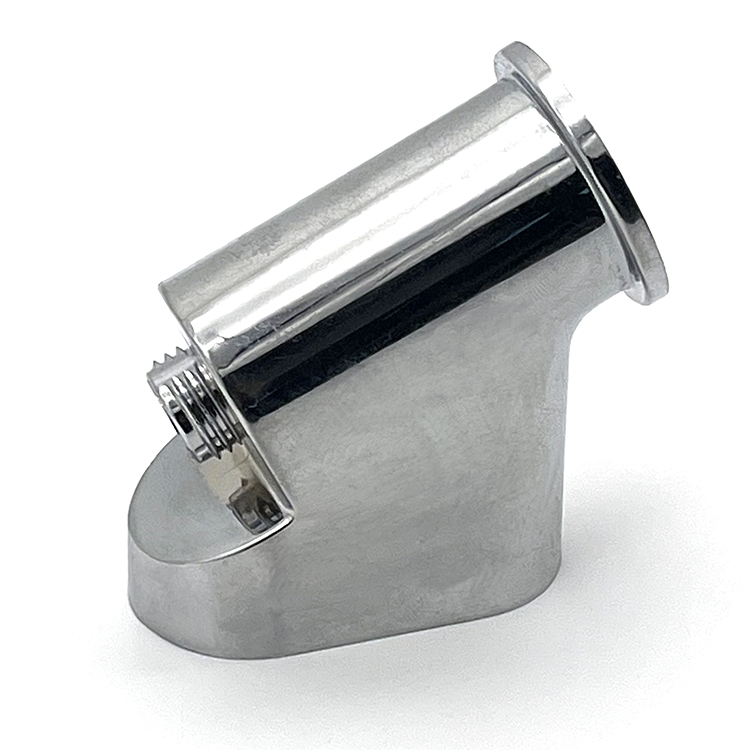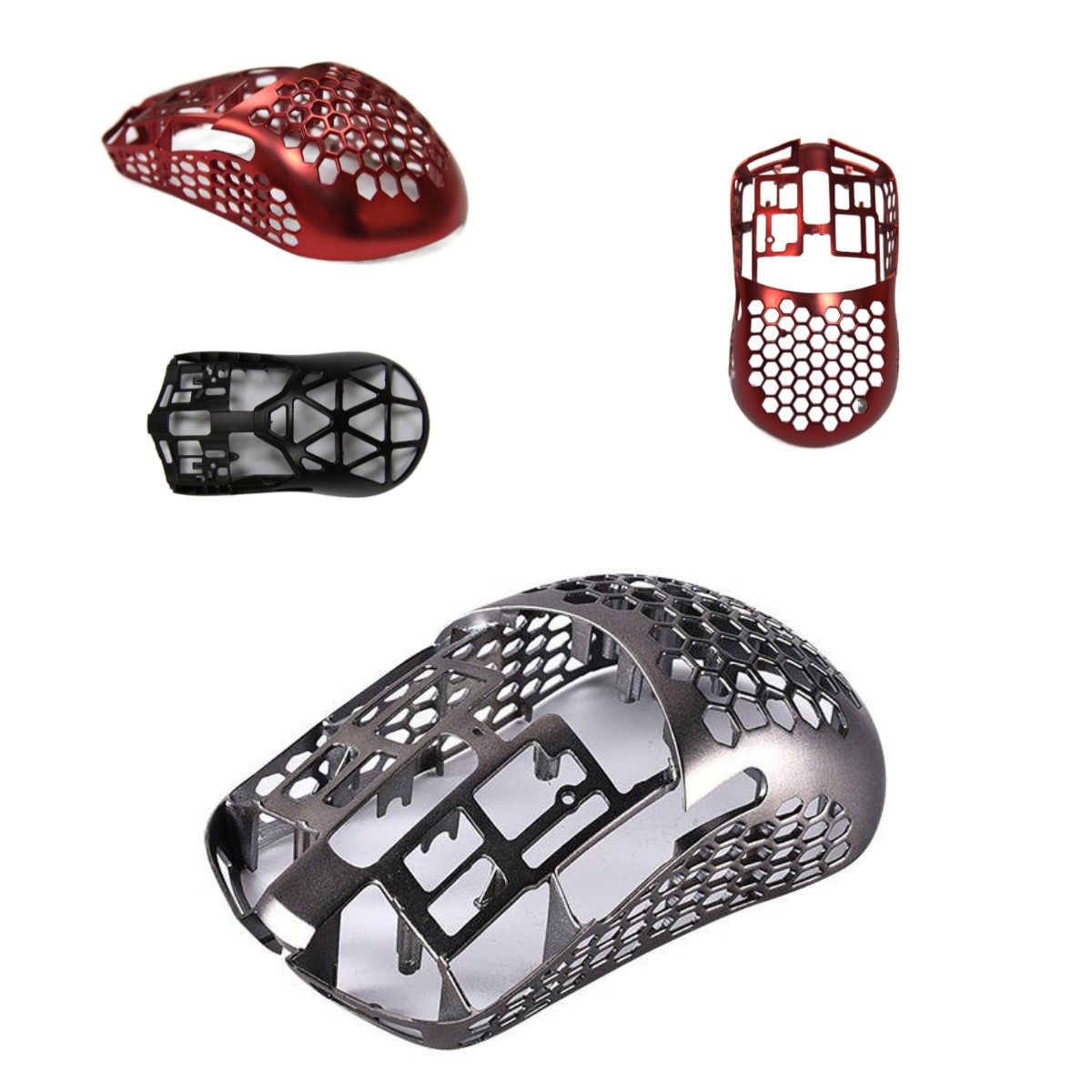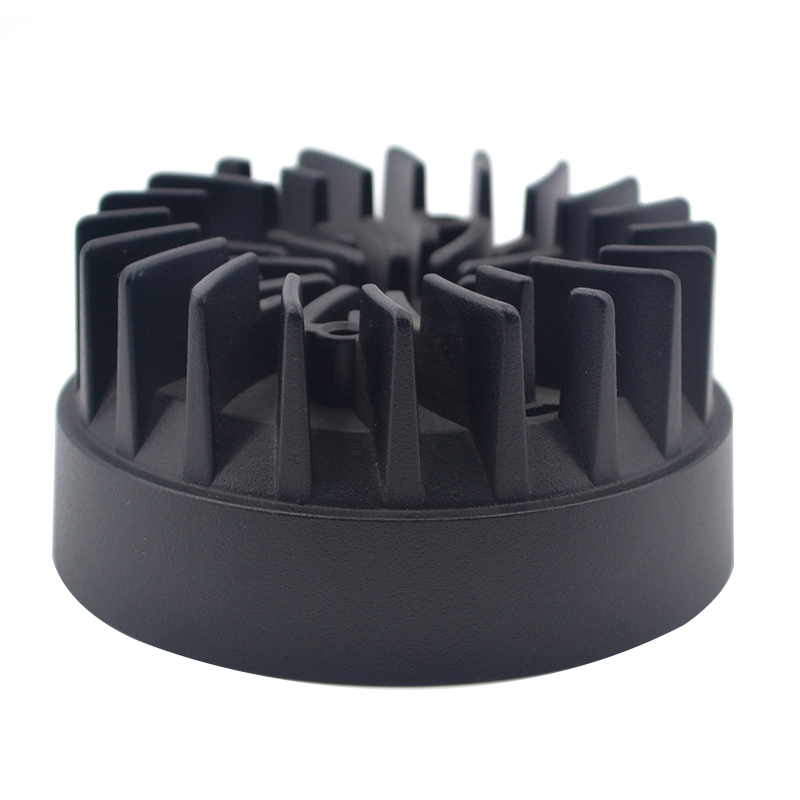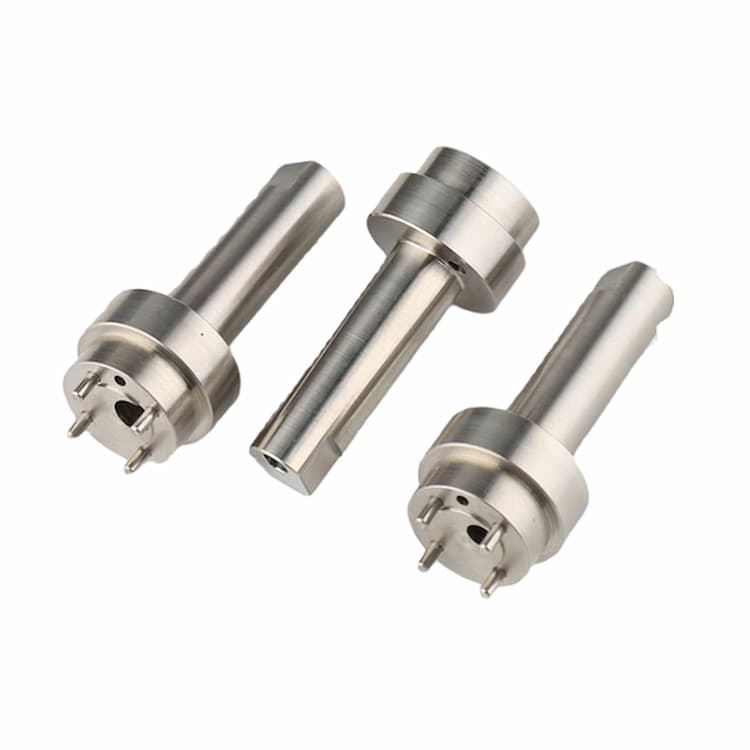VIII. Case Studies of Carbon Fiber, Magnesium, Aluminum, Titanium, and Zinc Alloy
8.1. Case Study 1: High-Performance Bicycle Frame
Industry: Sports Equipment
Application: Designing a lightweight, high-performance bicycle frame using carbon fiber.
Challenge: Develop a bicycle frame that is lightweight yet strong enough to withstand the rigors of competitive cycling.
Solution: Utilize carbon fiber composites known for their exceptional strength-to-weight ratio. Employ advanced manufacturing techniques such as filament winding or layup processes to optimize fiber orientation and resin distribution.
Outcome: The resulting bicycle frame is significantly lighter than traditional metal frames while offering superior stiffness and vibration damping characteristics. Cyclists experience improved acceleration, handling, and comfort, enhancing their performance in races and competitions.
8.2. Case Study 2: Automotive Transmission Case
Industry: Automotive
Application: Manufacturing a lightweight transmission case for automobiles using magnesium.
Challenge: Reduce vehicle weight to improve fuel efficiency and reduce emissions without compromising structural integrity and durability.
Solution: Employ magnesium alloys known for their lightweight properties and good strength-to-weight ratio. Utilize die casting or high-pressure die casting processes to produce complex transmission case components with thin walls and intricate geometries.
Outcome: The resulting transmission case is significantly lighter than conventional aluminum or steel cases, contributing to improved fuel economy and reduced carbon emissions. The use of magnesium alloys also enhances thermal conductivity, improving heat dissipation and prolonging component lifespan.
8.3. Case Study 3: Aircraft Fuselage
Industry: Aerospace
Application: Manufacturing an aircraft fuselage using aluminum alloy.
Challenge: Design a lightweight yet structurally robust fuselage to meet stringent aerospace safety standards and performance requirements.
Solution: Select high-strength aluminum alloys known for their excellent combination of strength, toughness, and corrosion resistance. Utilize advanced manufacturing processes such as friction stir welding or advanced forming techniques to produce seamless fuselage sections with optimized material properties.
Outcome: The resulting aircraft fuselage is lightweight, durable, and corrosion-resistant, ensuring passenger safety and comfort while maximizing fuel efficiency and operational range. The use of aluminum alloys also simplifies maintenance and repair procedures, reducing overall lifecycle costs.
8.4. Case Study 4: Orthopedic Implants
Industry: Medical Devices
Application: Producing orthopedic implants such as hip or knee prostheses using titanium.
Challenge: Develop biocompatible implants with superior mechanical properties to ensure long-term stability and integration with the patient’s natural bone tissue.
Solution: Utilize medical-grade titanium alloys known for their excellent biocompatibility, corrosion resistance, and mechanical strength. Employ advanced manufacturing techniques such as additive manufacturing or precision machining to fabricate patient-specific implants with complex geometries and porous surface structures to promote bone ingrowth.
Outcome: The resulting orthopedic implants provide patients with enhanced mobility, comfort, and durability, improving their quality of life and long-term health outcomes. The use of titanium alloys also reduces the risk of allergic reactions and implant rejection, ensuring successful surgical outcomes.
8.5. Case Study 5: Corrosion Protection for Steel Structures
Industry: Construction
Application: Providing corrosion protection for steel structures using zinc coatings.
Challenge: Prevent corrosion and prolong the lifespan of steel structures exposed to harsh environmental conditions such as moisture, saltwater, and atmospheric pollutants.
Solution: Apply hot-dip galvanizing or electroplating processes to coat steel surfaces with a layer of zinc. Utilize zinc’s sacrificial protection mechanism, where the zinc coating corrodes preferentially to protect the underlying steel substrate from corrosion.
Outcome: The zinc-coated steel structures exhibit superior corrosion resistance and longevity compared to untreated steel. They remain structurally sound and visually appealing even in corrosive environments, reducing maintenance costs and ensuring infrastructure safety and integrity.
These case studies highlight the diverse applications and benefits of advanced materials such as carbon fiber, magnesium, aluminum alloy, titanium, and zinc across various industries. Each material offers unique properties and capabilities that address specific challenges and drive innovation in engineering and manufacturing.
